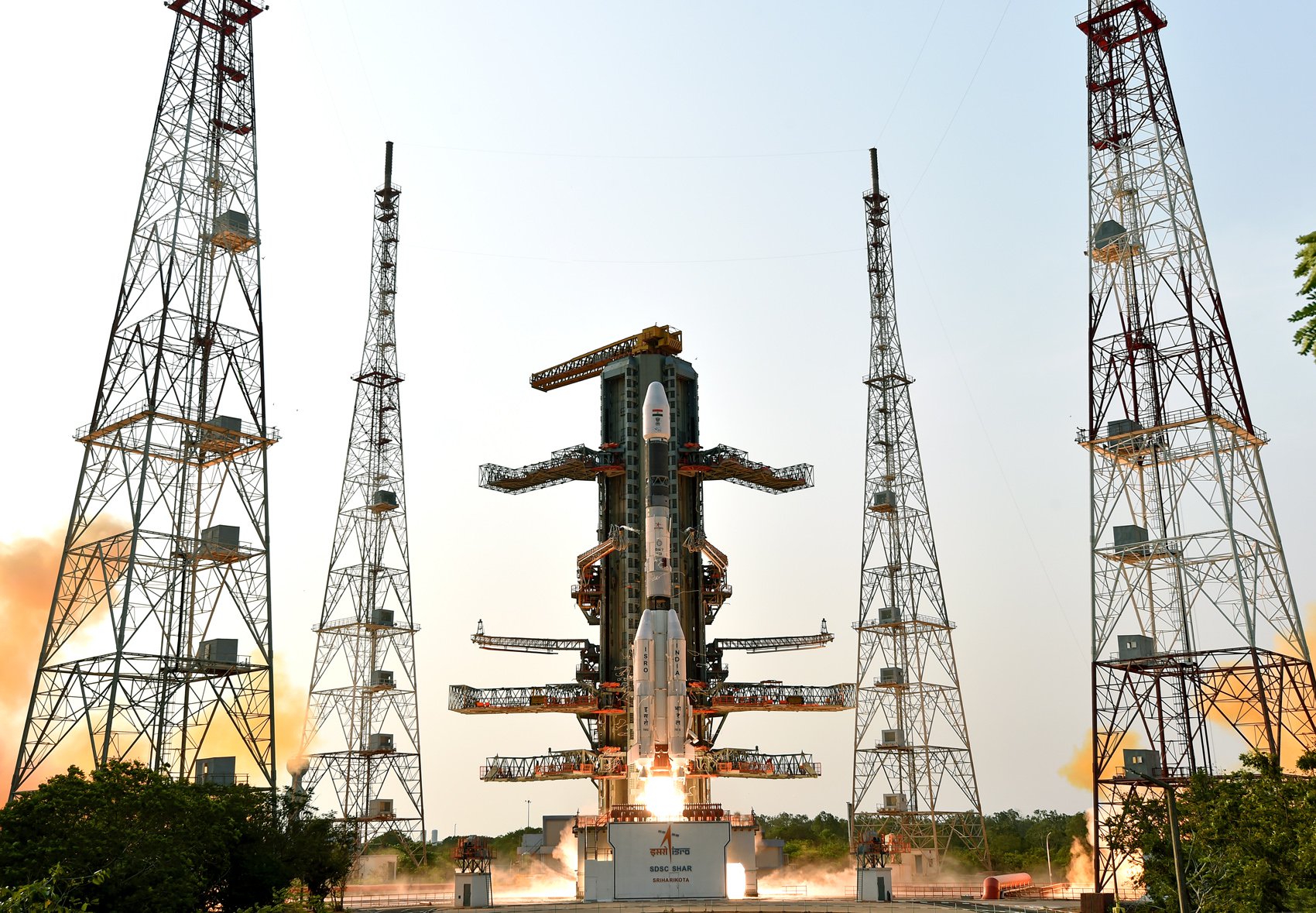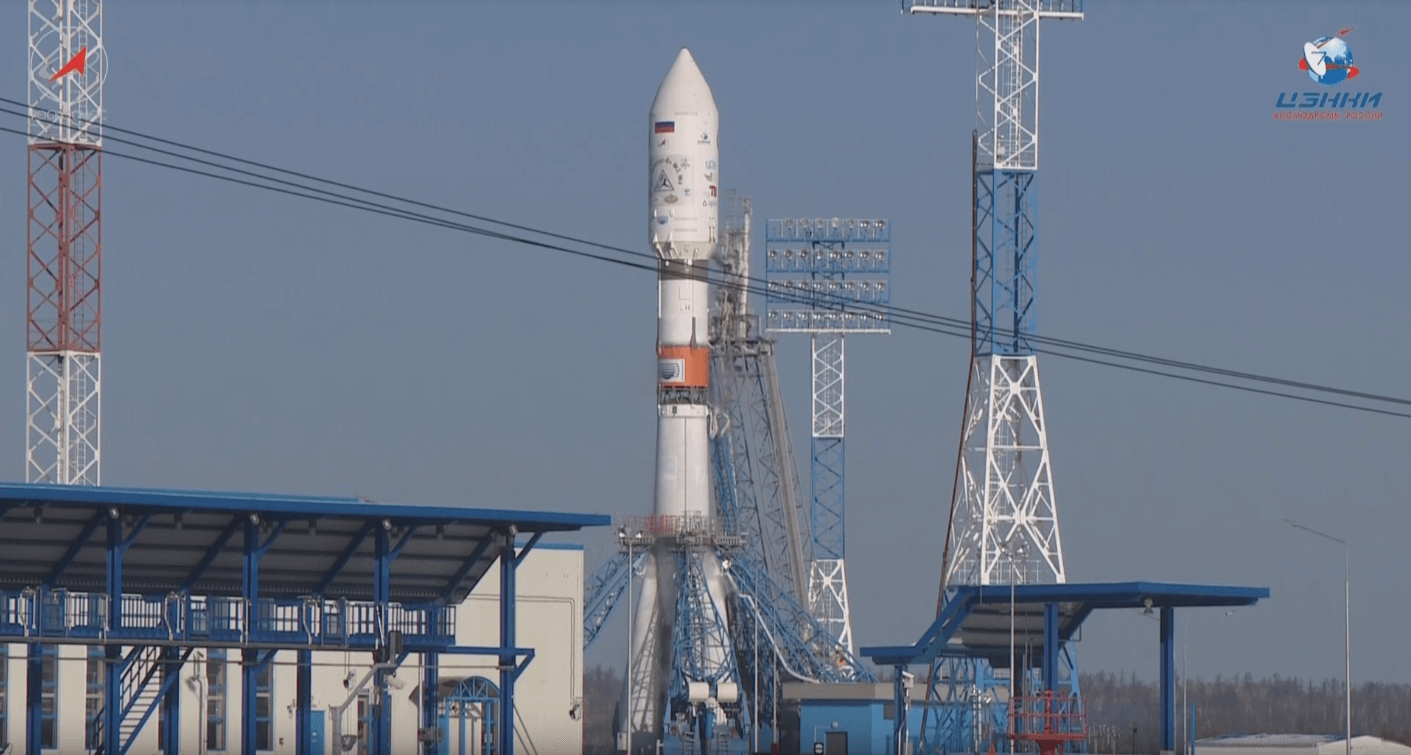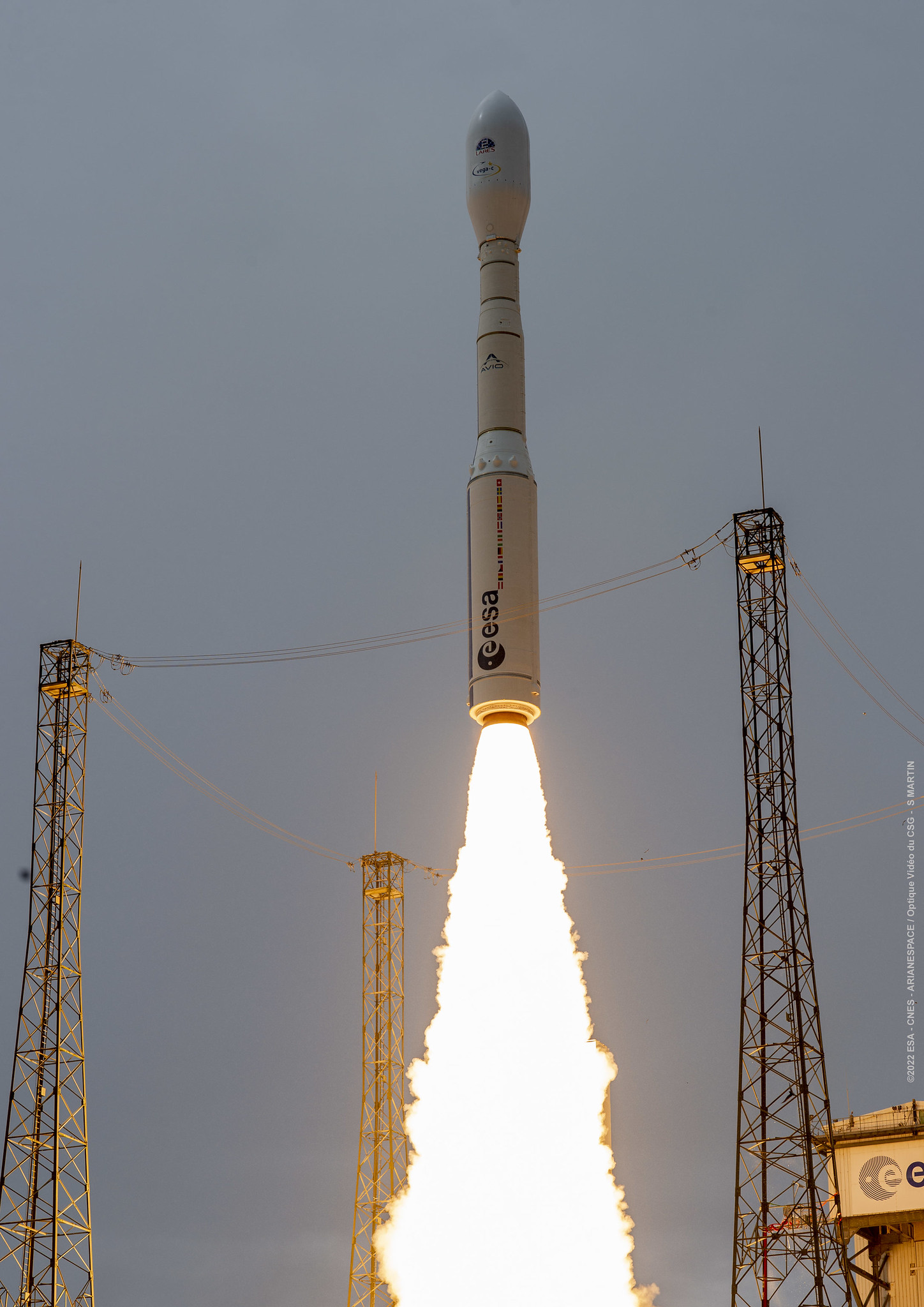· space brief · 6 min read
Space Brief 15 Jul 2025
Today's brief covers new military space funding, intriguing scientific discoveries, and defense contracts impacting global military strategies.

📄Top Stories
The U.S. Space Force has been granted a substantial budget for its X-37B space plane under President Trump’s latest legislation. Meanwhile, Italian physicists have reported a startling phenomena with the potential to alter our understanding of space-time. In military news, major AI developers have received significant DOD contracts, and France is expediting its defense spending update.
📰Detailed Coverage
$1 Billion Boost for X-37B Space Plane
President Trump’s “One Big Beautiful Bill” has allocated $1 billion to the U.S. Space Force for its secretive X-37B space plane program. This funding reflects an ongoing commitment to advance U.S. military capabilities in orbital technology, underscoring the importance of space dominance for national security.
The X-37B, a reusable robotic spacecraft, plays a significant role in developing experimental and operational strategies for the United States’ orbital assets. This decision aligns with increasing global military utilization of space, emphasizing the strategic importance of satellite tracking and our web app’s satellite monitoring capabilities.
Read the full story: Space.com
Nuclear Decay Anomaly and Flexible Space-Time
Italian physicists have made headlines with a radical discovery involving ultrasonic waves impacting radioactive decay, potentially challenging traditional views of space-time rigidity. This finding, made using cobalt-57, supports the Deformed Space-Time (DST) theory, suggesting that current models of the universe may require revisiting.
These experiments could pave the way for groundbreaking technological and scientific advancements in our understanding of time and space, possibly influencing future satellite operations and space travel methods.
Read the full story: SpaceDaily
Pentagon Awards $200M AI Contracts
The Pentagon’s Chief Digital & AI Officer has awarded substantial contracts to Anthropic, Google, and xAI, each securing $200 million for developing “agentic AI”. These funds build on last month’s investment in OpenAI, reflecting a comprehensive push towards cutting-edge AI integration in defense systems.
This infusion underscores the strategic importance of advanced AI in managing autonomous satellite operations, further enhancing capabilities for satellite anomaly detection and management.
Read the full story: Breaking Defense
France to Boost Military Spending
In a strategic policy shift, France plans to increase its military spending to $75 billion by 2027, ahead of its original schedule. President Macron’s move highlights France’s commitment to reinforcing its global standing and military capabilities in an increasingly competitive geopolitical landscape.
This budget increase will likely include funding for satellite and aerospace technologies, which are vital for modern warfare and strategic defense.
Read the full story: Breaking Defense
U.S. Clears $100M Defense Deal with Lebanon
The United States has approved a $100 million deal for maintaining and supporting the Lebanese Air Force’s A-29 Super Tucano aircraft. This decision demonstrates ongoing U.S. investment in Middle Eastern defense infrastructure, fostering regional stability amid tense geopolitical conditions.
The sustainment deal underlines the need for robust tracking and management of military assets, which harmonizes with innovations in satellite tracking and data dissemination.
Read the full story: Breaking Defense
🛰️Satellite Spotlight
- Satellite Name: REFLECTOR
- NORAD ID: 27005
- Launch Date: December 10, 2001
- Mission: This satellite serves a critical role in laser calibration, ensuring the accuracy of laser-based measurements and technologies.
- Orbit: Low Earth Orbit (LEO)
- Operator: AFRL/NIIPP
- Fun Fact: The REFLECTOR features laser reflectors that enhance precision in laser technology, essential for multiple applications including atmospheric studies and space research.
Track this satellite in real-time on our web app: Track REFLECTOR
🌌Space Weather
Current space weather shows Enhanced solar wind (631 km/s).
Current
R0 - S0 - G0
Last 24 Hour Maximums
R0 - S0 - G0
Recent Alerts
-
Geomagnetic K-index of 5 expected (K05W)
- Valid until: 2025 Jul 15, 1200 UTC
- Impacts: Weak power grid fluctuations; minor satellite operation impacts; potential auroras visible in northern U.S.
-
Geomagnetic K-index of 4 expected (K04W)
- Valid until: 2025 Jul 15, 1200 UTC
- Impacts: Weak power grid fluctuations; auroras possible in Canada and Alaska.
-
Alert: K-index of 5 (K05A)
- Threshold reached: 2025 Jul 14, 2059 UTC
- NOAA Scale: G1 - Minor
- Impacts: Similar to above.
-
Alert: K-index of 4 (K04A)
- Threshold reached: 2025 Jul 14, 2035 UTC
- Impacts: Similar to above.
-
Warning: K-index of 5 expected (K05W)
- Valid until: 2025 Jul 15, 0300 UTC
- Impacts: Similar to above.
-
Warning: K-index of 4 expected (K04W)
- Valid until: 2025 Jul 15, 0300 UTC
- Impacts: Similar to above.
-
Alert: Electron 2MeV Integral Flux exceeded 1000pfu (EF3A)
- Station: GOES-19
- Impacts: Significant charging risk to satellite systems.
-
Alert: Type II Radio Emission (TIIA)
- Begin time: 2025 Jul 14, 1045 UTC
- Impacts: Indicates potential coronal mass ejection activity.
Next 24 Hours
-
Radio Blackouts Probability
- Minor: 50
- Major: 5
- Risk: None
-
Solar Radiation
- Probability: 1
- Risk: None
-
Geomagnetic Storming
- Scale: 0
- Impact: none
- Activity: Low
-
Impact Summary
- No risk of radio blackouts.
- No risk of solar radiation storms.
- G1 (Minor) geomagnetic storms are expected early on 15 July due to coronal hole high-speed solar wind influences.
- No significant activity expected for radiation storm production.
- R1-R2 (Minor-Moderate) radio blackouts likely from 15-17 July.
Long Term Forecast
- Forecast of Solar and Geomagnetic Activity 14 July - 09 August 2025
- Low levels of solar activity expected, with chances for R1-R2 (Minor-Moderate) radio blackouts due to complex active regions and the return of previously active regions.
- No proton events anticipated at geosynchronous orbit.
- High levels of >2 MeV electron flux expected on 20-28 July and 05-06 August post coronal hole activity.
- Mild geomagnetic activity anticipated with active conditions on several dates including 14 Jul, 22-24 Jul, 02-04 Aug, and 07-09 Aug.
- Unsettled conditions likely on 15-17 Jul, 25 Jul, and 01 Aug.
- Most other days will remain quiet.
🚀 Upcoming Space Launches
July 16
-
SpaceX Falcon 9
- Starlink Group 15-2 from Vandenberg Space Force Base, CA, USA (01:59 UTC)
A batch of satellites for the Starlink mega-constellation - SpaceX’s project for space-based Internet communication system.
- Starlink Group 15-2 from Vandenberg Space Force Base, CA, USA (01:59 UTC)
-
SpaceX Falcon 9
- Project Kuiper (KF-01) from Cape Canaveral Space Force Station, FL, USA (06:18 UTC)
First of a three launches contract for Amazon’s Kuiper low Earth orbit satellite internet constellation, with 24 satellites on board.
- Project Kuiper (KF-01) from Cape Canaveral Space Force Station, FL, USA (06:18 UTC)
-
Gilmour Space Technologies Eris-1
- Maiden Flight from Bowen Orbital Spaceport (21:30 UTC)
Maiden flight of Gilmour Space’s orbital launch vehicle Eris.
- Maiden Flight from Bowen Orbital Spaceport (21:30 UTC)
July 17
- SpaceX Falcon 9
- Starlink Group 17-3 from Vandenberg Space Force Base, CA, USA (02:08 UTC)
A batch of satellites for the Starlink mega-constellation - SpaceX’s project for space-based Internet communication system.
- Starlink Group 17-3 from Vandenberg Space Force Base, CA, USA (02:08 UTC)
July 21
- SpaceX Falcon 9
- Starlink Group 17-2 from Vandenberg Space Force Base, CA, USA (02:09 UTC)
A batch of satellites for the Starlink mega-constellation - SpaceX’s project for space-based Internet communication system.
- Starlink Group 17-2 from Vandenberg Space Force Base, CA, USA (02:09 UTC)
July 22
- SpaceX Falcon 9
- TRACERS from Vandenberg Space Force Base, CA, USA (18:05 UTC)
NASA’s Tandem Reconnection and Cusp Electrodynamics Reconnaissance Satellites (TRACERS) mission, consisting of two identical satellites will help understand magnetic re-connection and its effects in Earth’s atmosphere.
- TRACERS from Vandenberg Space Force Base, CA, USA (18:05 UTC)
July 25
- Russian Federal Space Agency (ROSCOSMOS) Soyuz 2.1b/Fregat-M
- Ionosfera-M 3 & 4 from Vostochny Cosmodrome, Siberia, Russian Federation (05:54 UTC)
Ionosfera is a constellation of four ionospheric and magnetospheric research satellites developed by for Roscosmos for the project Ionozond.
- Ionosfera-M 3 & 4 from Vostochny Cosmodrome, Siberia, Russian Federation (05:54 UTC)
July 26
- Arianespace Vega-C
- CO3D & MicroCarb from Guiana Space Centre, French Guiana (02:03 UTC)
CO3D is a CNES-Airbus Defence & Space constellation designed to map the globe in 3D. Microcarb is a satellite designed to map sources and sinks of CO2 globally.
- CO3D & MicroCarb from Guiana Space Centre, French Guiana (02:03 UTC)
July 30
- Indian Space Research Organization GSLV Mk II
- NISAR (NASA-ISRO Synthetic Aperture Radar) from Satish Dhawan Space Centre, India (11:30 UTC)
The NISAR satellite will use advanced radar imaging to map the elevation of Earth’s land and ice masses to observe complex natural processes.
- NISAR (NASA-ISRO Synthetic Aperture Radar) from Satish Dhawan Space Centre, India (11:30 UTC)
Note: Launch dates and times are subject to change due to technical or weather considerations.

Maurice Stellarski





